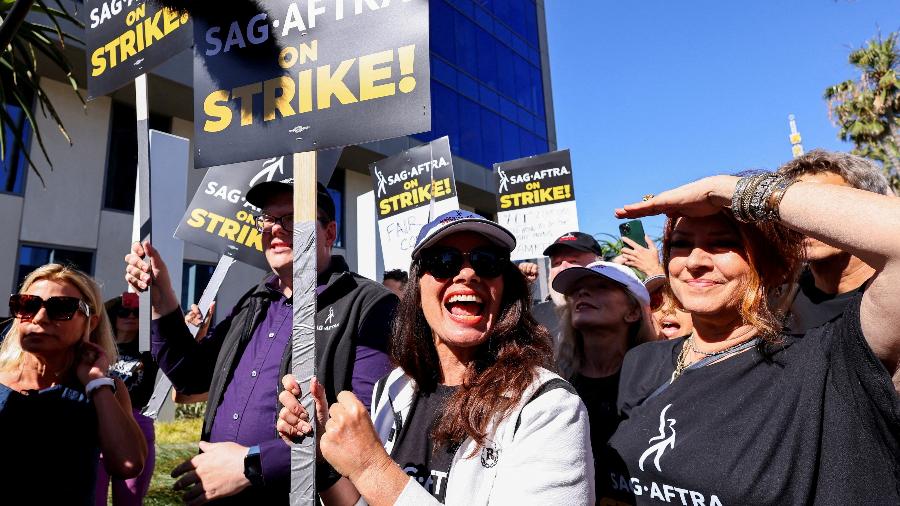Criptomoedas caem após Rússia invadir Ucrânia
Por Tom Wilson
LONDRES (Reuters) - O bitcoin caiu para seu menor nível em um mês nesta quinta-feira, depois que as forças russas dispararam mísseis em várias cidades da Ucrânia e desembarcaram tropas em sua costa, provocando uma venda de ativos mais arriscados.
O bitcoin caiu até 7,9%, para 34.324 dólares, menor cotação desde 24 de janeiro. Às 10h15 (horário de Brasília), perdia 5,4%, a 35.265 dólares. Moedas menores que normalmente se movem em conjunto com o bitcoin também caíram, com o ether perdendo até 10,8%.
"Vimos o que esperávamos até agora - mercados BTC e cripto seguindo as ações", disse Jospeh Edwards, chefe de estratégia financeira da empresa de criptomoedas Solrise Group.
“Todas as coisas tendem a se correlacionar em crises, e esperamos algo semelhante aqui, então é provável que o pior esteja reservado nos próximos dias.”
Embora os defensores de criptomoedas digam que o bitcoin atua como um porto seguro das tensões geopolíticas, muitas vezes a moeda digital se move em conjunto com outros ativos de risco. A queda desta quinta-feira leva as perdas da moeda a mais de 50% desde que atingiu recorde de 69 mil dólares em novembro.













ID: {{comments.info.id}}
URL: {{comments.info.url}}
Ocorreu um erro ao carregar os comentários.
Por favor, tente novamente mais tarde.
{{comments.total}} Comentário
{{comments.total}} Comentários
Seja o primeiro a comentar
Essa discussão está encerrada
Não é possivel enviar novos comentários.
Essa área é exclusiva para você, , ler e comentar.
Só s do UOL podem comentar
Ainda não é ? Assine já.
Se você já é do UOL, faça seu .
O autor da mensagem, e não o UOL, é o responsável pelo comentário. Reserve um tempo para ler as Regras de Uso para comentários.